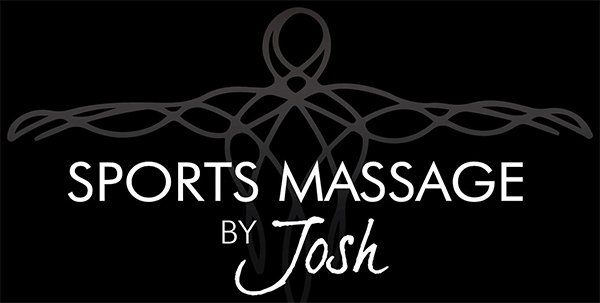Proprioceptive Neuromuscular Facilitation
Licensed Massage Therapist
Specialized in helping people suffering from chronic tension, pain, and injuries.
Locally Owned Business
Coming Soon
Proprioceptive Neuromuscular Facilitation (PNF) stretching is a type of stretching that involves combining passive stretching with isometric contractions. The goal of PNF stretching is to improve flexibility and range of motion by stimulating the stretch reflex and inhibiting the muscle spindle.
PNF stretching typically involves the following steps:
- Passive stretching: The individual is passively positioned into a stretch, usually with the help of a partner or a device.
- Isometric contraction: The individual then contracts the muscle being stretched for 6-10 seconds while maintaining the stretch position.
- Passive stretching: After the contraction, the individual relaxes into a deeper stretch, typically with the help of a partner or a device.
- Relaxation: The individual then relaxes for 10-20 seconds before repeating the process.
PNF stretching is thought to be more effective than other forms of stretching because it takes advantage of the body's stretch reflex. When a muscle is passively stretched, the stretch reflex causes the muscle to contract, which can limit the ability to achieve a deeper stretch. However, by incorporating an isometric contraction, PNF stretching can inhibit the stretch reflex, allowing for a deeper stretch.
PNF stretching is often used by athletes and physical therapists to improve flexibility and range of motion, and can be helpful for individuals with limited mobility or who have difficulty stretching due to injury or pain. However, it is important to perform PNF stretching correctly, with proper form and without pain, in order to avoid injury.


Share On: